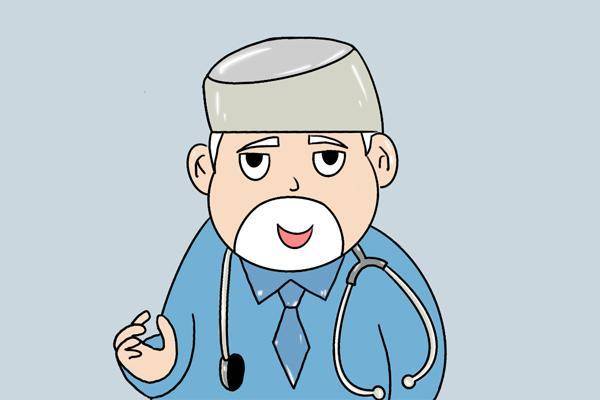When we are sick and want to eat something, our elders always say that these are pathogenic, and you can’t eat when you are sick. I believe everyone has heard these words before. However, perhaps we know little about pathogenic, only knowing that we shouldn’t eat pathogenic when we are sick as it may affect our condition. Even doctors tell us not to eat pathogenic. So what exactly are pathogenic foods? Today, we will introduce it to everyone.
Do you know what pathogenic foods are? Come and learn.
What are pathogenic foods exactly? In fact, there is no specific term for pathogenic foods in Western medicine. To understand what pathogenic foods are, we need to refer to traditional Chinese medicine. Chinese medicine believes that pathogenic foods are those that may worsen our current condition or cause old ailments to recur. Therefore, when we are sick, elders often say that we should avoid pathogenic foods. However, the concept of pathogenic foods is quite broad, and many foods in daily life can be categorized as pathogenic.
For example, scallions, Sichuan peppercorns, and peppercorns are considered to be heat-inducing; some types of meat such as rooster, bull, sheep, and dog, are wind-inducing; foods that induce damp-heat include white wine and glutinous rice. Some foods that induce cold accumulation are cold drinks and eggplants. With so many pathogenic foods, it can be overwhelming. Does this mean we can’t eat when we are sick? In fact, whether we can eat pathogenic foods in daily life depends on our condition. It’s not that all pathogenic foods cannot be eaten when we are sick.
From the perspective of modern pharmacology, pathogenic foods can generally be divided into three categories. Firstly, those that can cause allergic reactions in us, such as certain seafood like fish and shrimp, which contain histamine that acts as an allergen for our bodies. Common foods like meat, eggs, and dairy also contain this component. It is advisable for people, whether sick or not, to stay away from these foods if they are allergic to them.
Common spicy foods that stimulate our senses, such as onions, ginger, garlic, and chili peppers, are also considered pathogenic. These foods often stimulate our bodies, especially our gastrointestinal tract, causing blood vessel dilation in the intestines and stomach. This can increase blood circulation, exacerbating inflammation in individuals with inflammatory conditions, affecting the health of our respiratory and digestive systems. Therefore, individuals already prone to inflammation should consume these foods in moderation.
Some pathogenic foods can lead to abnormal metabolism, such as foods high in cholesterol like pig brains and animal organs, which may not be friendly to those with high blood lipids. Seafood and legumes with high purine content can increase uric acid levels, leading to conditions like gout. Therefore, individuals with related diseases should be mindful of their diet. However, in general, there is no need to worry too much about pathogenic foods unless there are existing health issues.
It is common to hear statements like not eating eggs after catching a cold because they are considered heat-inducing. In fact, after catching a cold, our immunity decreases, and our body consumes more energy. At this time, it is advisable to consume foods high in protein to replenish the body’s needs. Therefore, regarding pathogenic foods, there is no need to worry excessively; these are based on past experiences. Instead, we should decide whether to eat based on our actual situation to benefit our overall health.


